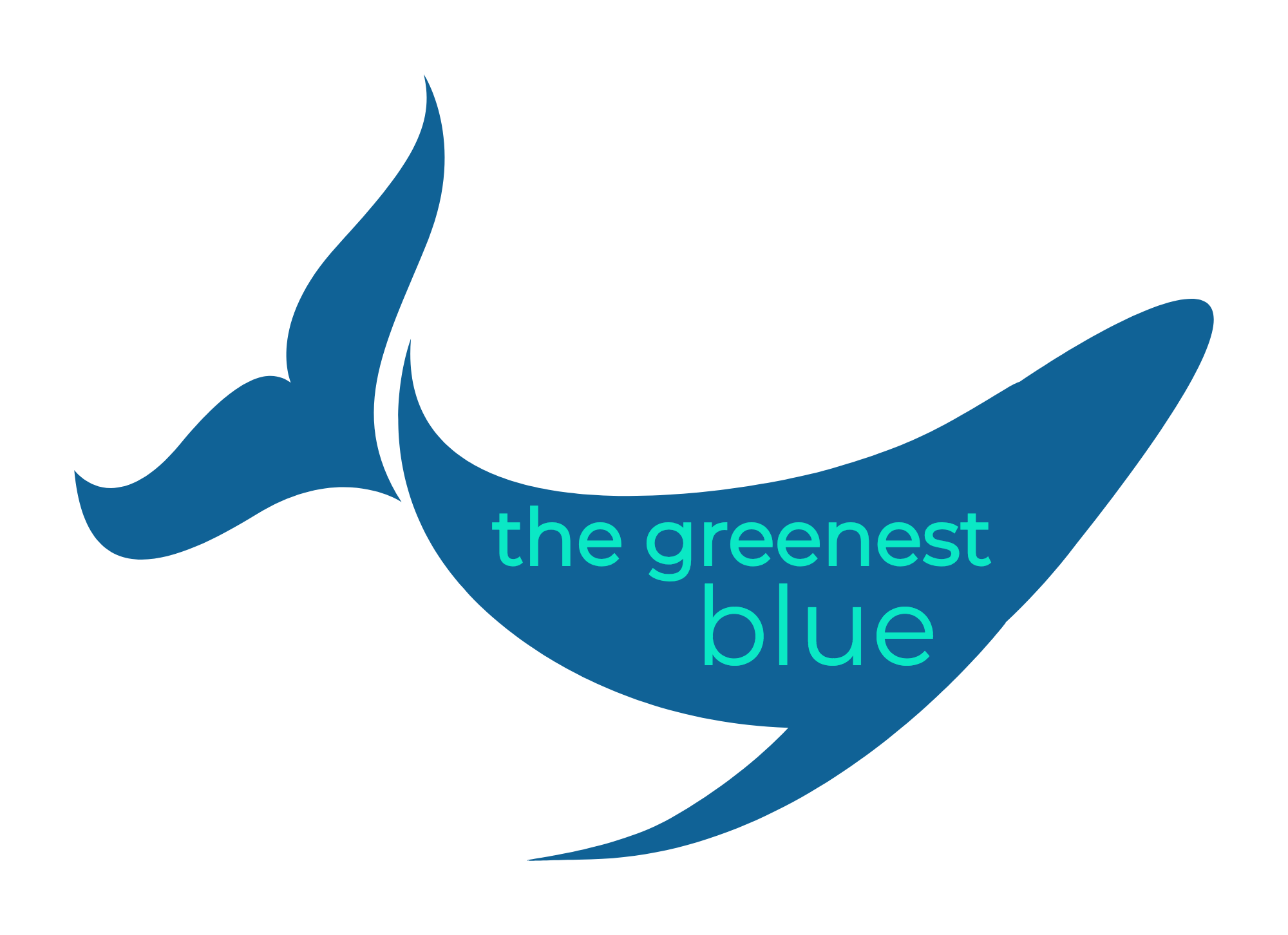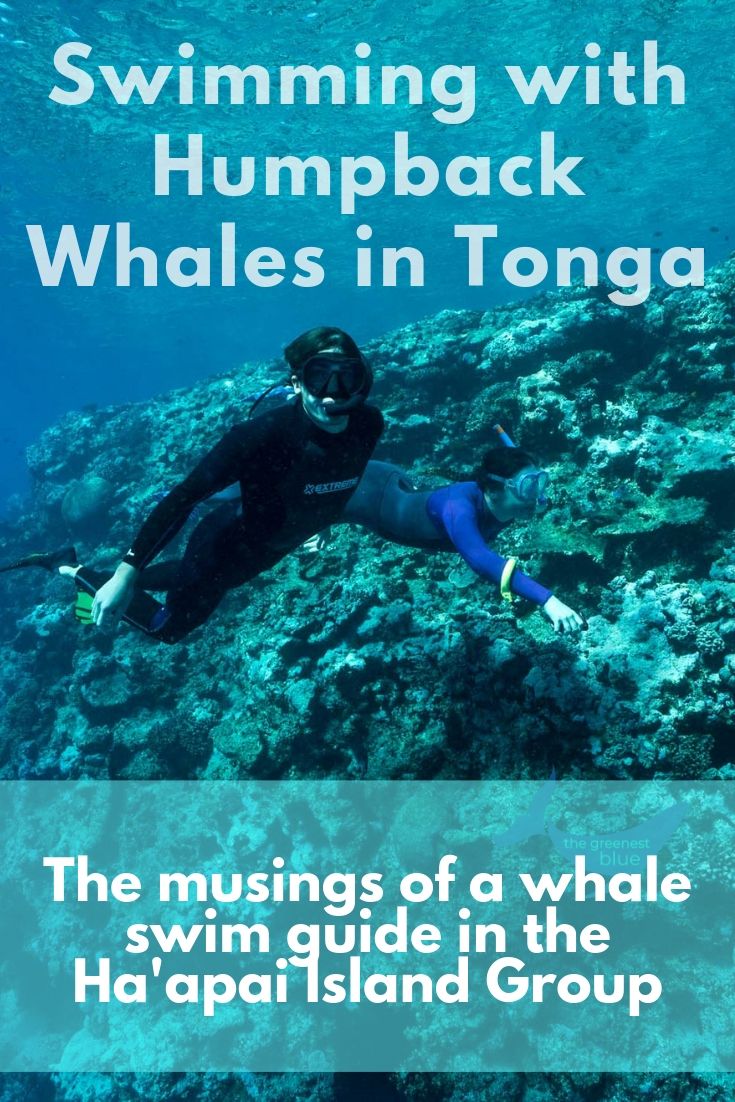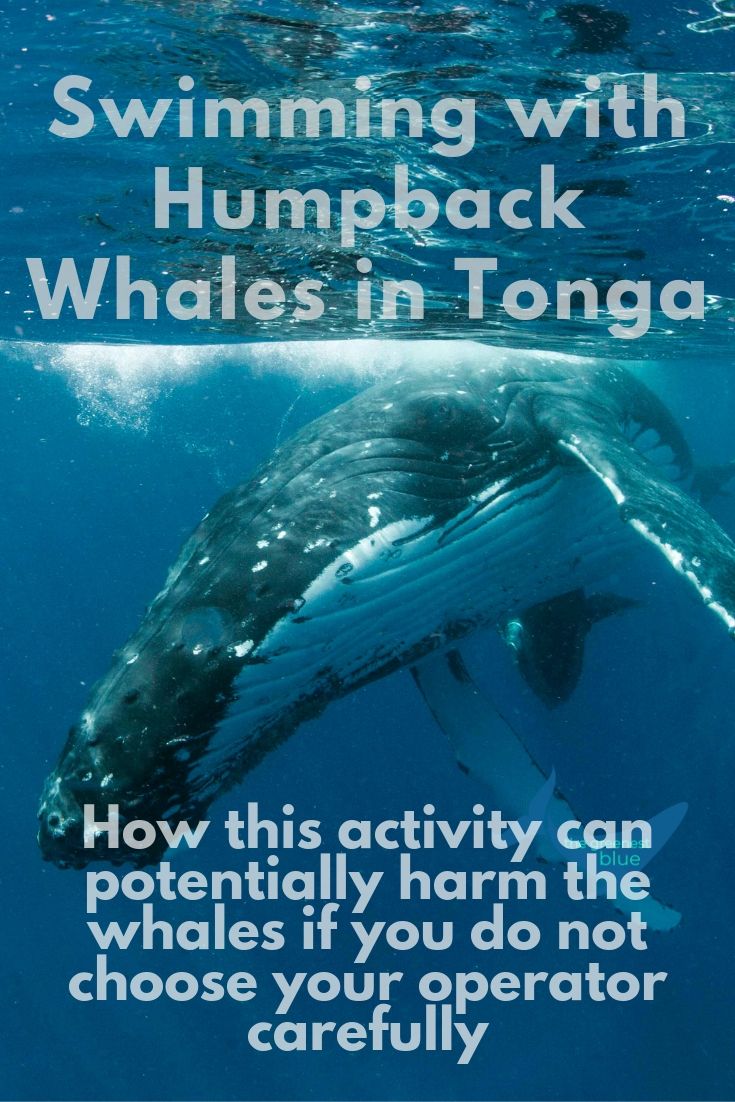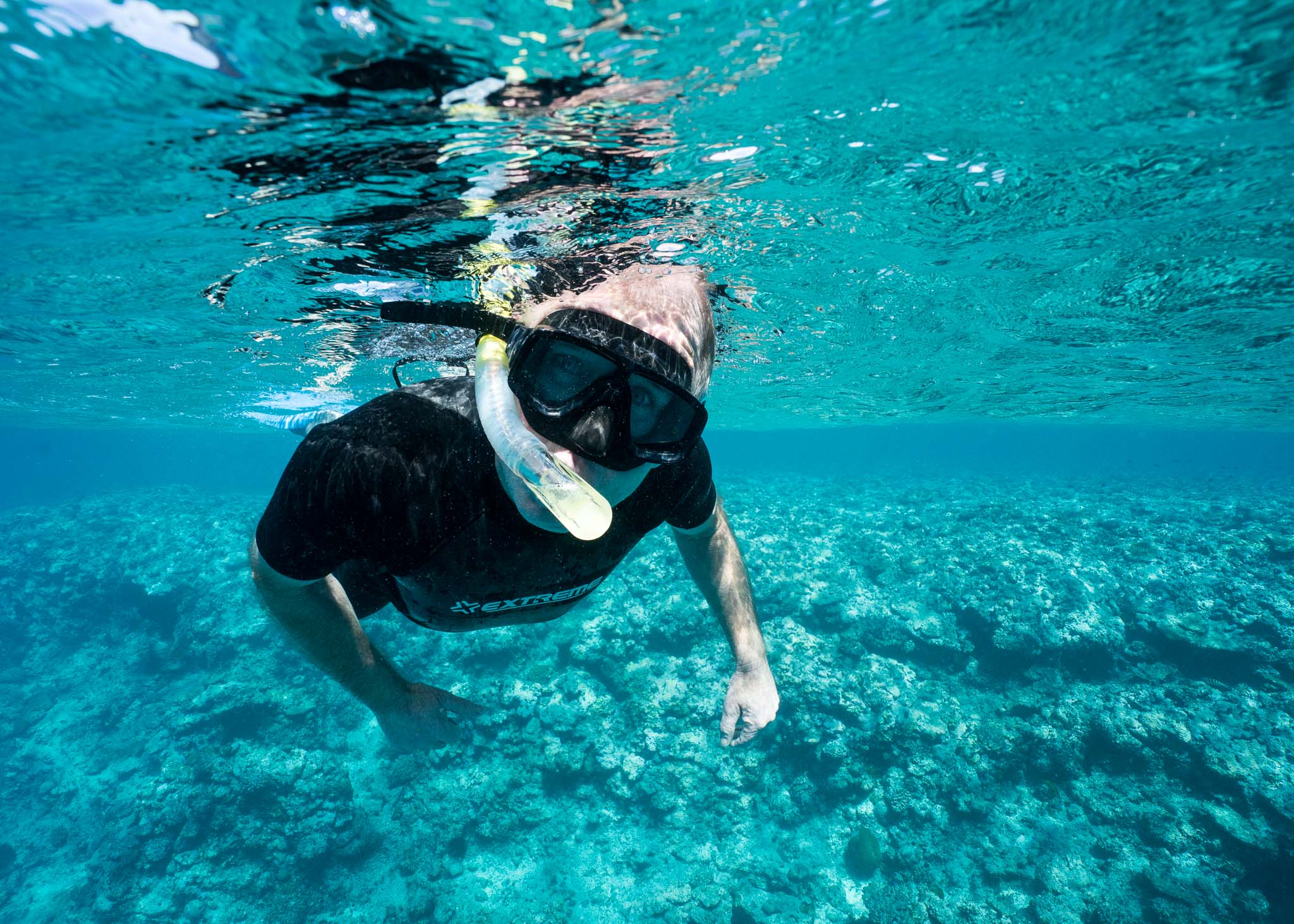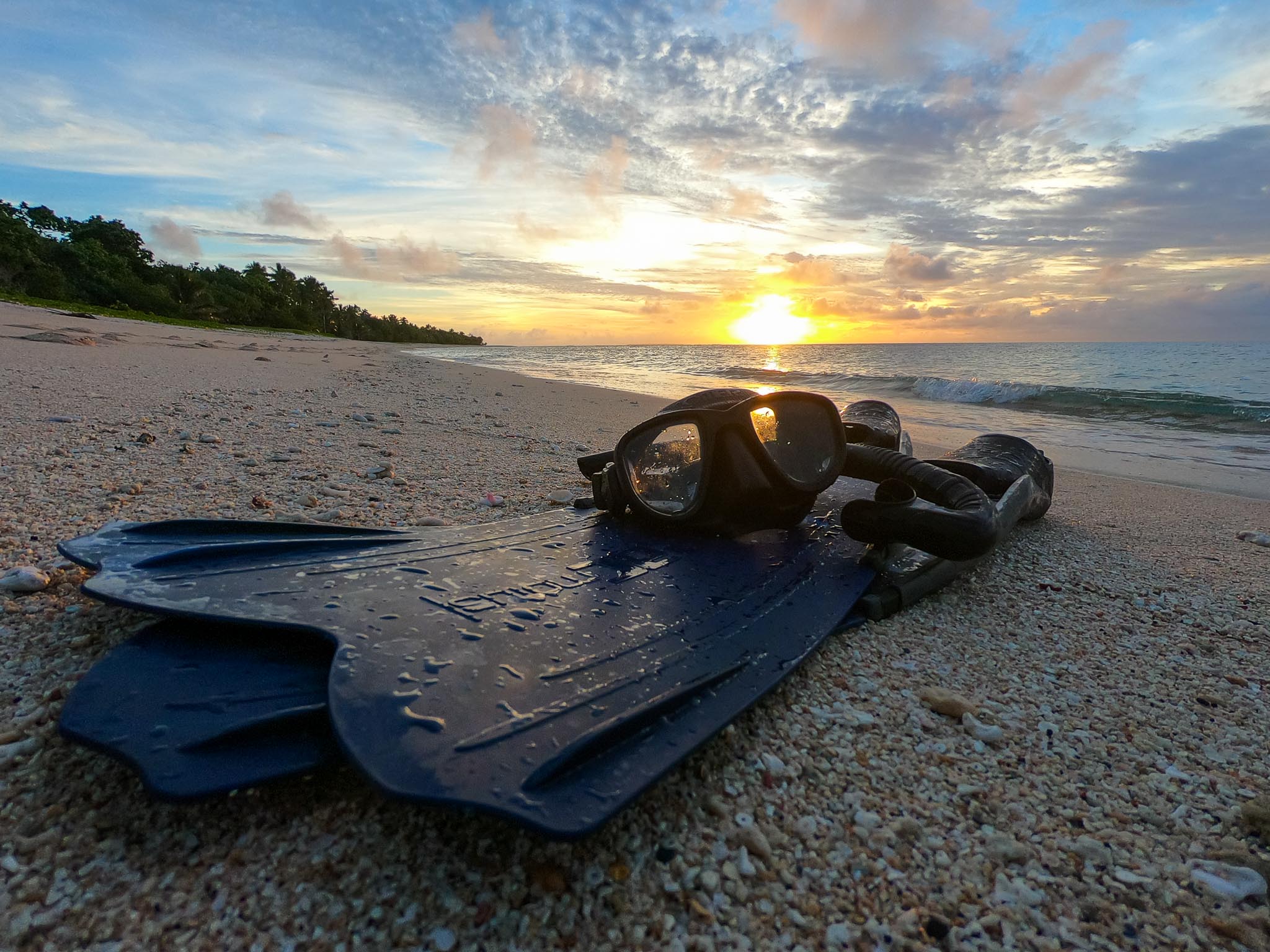If You See a Flipper, Tell the Skipper - Week 3 in Tonga
This post contains affiliate links, which earn me a small commission on products I’m already in love with. This is at no extra cost to you! Thank you for supporting The Greenest Blue.
You’re looking at a brand new Master/Engineer Class 6! A.k.a. I’ve obtained my basic skipper’s ticket. I just finished the last stage of my skipper’s course, which consisted of a fifteen minute verbal exam with an officer from Tonga’s Marine and Ports Division. This whole process has been going on since May - I took a three week course in Nuku’alofa on the main island of Tonga with 25 other skippers-to-be. My friend Thom and I were the only two palangis (Caucasians) in the class, and I was also one of two females (REPRESENT). I really enjoyed learning with and being around my Tongan classmates. Everyone was welcoming and very kind!
However, this also meant that the majority of the course was taught in Tongan. This was an unexpected speed bump, but luckily, all of our course reading material was in English so I was able to read along for most of the class. The material was all very relevant to my line of work and covered everything from the maintenance of marine engines, navigation, whale watch regulations, vessel surveys, emergency procedures, first aid, VHF radio operation…the list goes on.
Besides learning a lot of information in a (somewhat) concise way, participating in the course was definitely an enlightening cultural experience….and a test of my patience and attention span. As you might imagine, these get stretched when you’re trying to learn in another language (that you don’t understand) all day and attempting to maintain enough focus to read along in the book. Class would often start an hour later than listed on the itinerary, and lunch breaks varied from one to three hours - you could never predict what schedule you’d get each day!
Oh, the beauty of island time. I should be used to it by now! I do love it. I think more people need to relax and take a dose of the chill pill.
Whale Encounters Are Heating Up!
In addition to my finally becoming a certified skipper, this week has also brought a new load of epic humpback whale encounters for crew and guests alike to marvel at. Hello, breeding season! We’ve witnessed some aggressive males battling it out in competition groups (“heat runs”), moms and calves bonding in the shallows, and plenty of rambunctious subadults showing off their stuff with fantastic acrobatic displays.
Fi snapped some incredible photos of a heat run we saw on our trip yesterday. Basically, this consists of a group of males competing for the sexual attention of a female. We watched as this massive female was pursued by three males, and MAN those boys pulled out all the stops to try and get an advantage over one another. We witnessed their head lunges, tail slaps, pec slaps, and breaches with a soundtrack of frantic breathing, trumpeting, splashing, and bubble blowing. We had breaches mere meters from the boat! It was an epic whale watching day. Fi and I both reckons it was one of the best we’ve both ever had.
We were also able to get a few tail shots for the Tongan Fluke Collective, which is a photo database used by operators throughout Tonga to identify and keep tabs on whales that are visiting this area. You can identify each humpback by their tail flukes, which proves quite useful when you’re trying to obtain identification data in a non-invasive way.
Whales in the Water
I also had my first real breath-taking look at two whales in the water as they hovered over a very shallow reef, taking us in before looming upwards to give us a closer look. Their eyes - oh my goodness. I felt like they could see straight through my skin. If you ever get the chance to look a humpback whale (or any marine mammal, for that matter) in the eye, it’s an experience that will stay with you forever. The best part was that I had one of my favorite skippers from Kaikoura by my side – Vic came up from New Zealand for a visit! It’s pretty special to share those moments with a friend.
These moments in the water with the whales also stir up a mix of emotions. I want nothing more than for us humans to figure out how to peacefully coexist with these whales. To do that, I think it IS very helpful to be out on the water, showing visitors their beauty and how they live. It’s a way for us to learn more about them. But again - how do we do this in an unobtrusive way? How can we minimize our impact as much as possible?
Setting Realistic Expectations for Guests
For those of us operating marine tours, I think it’s about setting realistic expectations for guests. “We’re working with nature, but there are no guarantees! Today, everything is up to the whales. We might be watching them as they rest or socialize. It will not always be appropriate for us to get into the water with them. In that case, we may elect to watch from the boat.” If you’re going to book a wildlife tour, it would be smart to book a few different days to give yourself the best possible chance of a whale encounter in the water.
If you can give people the right perspective, and show them how amazing it is to watch whales (no matter if it’s from the boat or the water), then they will never leave feeling disappointed. Set the expectations, and revel in whatever behaviors you get to see that day. It’s all special.
A Peaceful Coexistence - The Goal
It could be perfect weather, and there could be hundreds of whales around, and it still might not be appropriate to swim with them. It’s all about being patient, respectful, and only entering their domain if they seem to be relaxed and open to it. We’re never going to be able to read their minds. But if we can coexist with these whales and ethically operate immersive tours with them, then we are one step closer to achieving a unity and a cohesiveness that is essential for these whales’ recovery and the conservation of our oceans.
